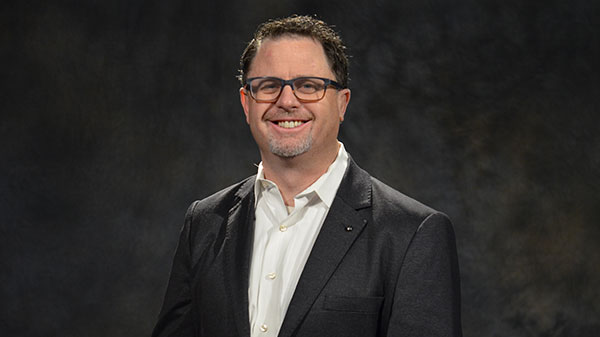Since the devastating 2020 wildfire season, Greeley officials had to work harder to provide residents with clean, reliable water. U.S. Forest Service recovery funding will give Greeley and Northern Colorado much-needed financial support for watershed health.
The U.S. Forest Service recently made nearly $79 million available to Colorado to support restoring watersheds burned during the 2020 wildfire season.
 “By supporting the financial needs of Colorado after these historic fires, the U.S. Forest Service is making a very meaningful down payment on the vast watershed recovery that is needed to protect a reliable water supply for all of the communities downstream of the fires,” said Sean Chambers, director of the Greeley Water and Sewer Department. “We are grateful for the recovery support and look forward to continued stewardship with our local forest managers.”
“By supporting the financial needs of Colorado after these historic fires, the U.S. Forest Service is making a very meaningful down payment on the vast watershed recovery that is needed to protect a reliable water supply for all of the communities downstream of the fires,” said Sean Chambers, director of the Greeley Water and Sewer Department. “We are grateful for the recovery support and look forward to continued stewardship with our local forest managers.”
Colorado’s largest fire in history, the Cameron Peak Fire, burned more than 208,000 acres in Larimer County within the Cache La Poudre, Big Thompson, and Laramie River basins—the sources for a majority of Greeley’s water supply. The East Troublesome Fire in Grand County burned another nearly 200,000 acres, affecting the Colorado River Basin and the Colorado-Big Thompson Project, another important water supply for Greeley, other municipalities, and irrigators across Northern Colorado.
The $79 million will be split across multiple fire recovery efforts in the state. Money supporting the Cameron Peak Fire recovery efforts allows Greeley and its partners to continue aerial mulching and mitigation projects in the coming year. Though only a portion of the money will be used to help Greeley’s watershed, city leaders have identified $80 million in ongoing fire impact mitigation needs. The city continues to work to find other sources of funding to help cover mitigation efforts.
With the loss of vegetation on the landscape following fires, rains over the burn scar can cause flash flooding and mass debris flows of logs, rocks, and soil that flow down the hill like an avalanche, as well as erosion, and poor water quality downstream. Greeley cannot treat the ash- and sediment-laden water following such events. In 2021, Greeley could not treat water from the Poudre River, its primary source water, for over 40 days because of the poor water quality. The city was able to turn to its other redundant water supplies to ensure no disruption in service to customers, but continued recovery the damaged watersheds is needed to ensure the reliability of water supplies.
Over the past 18 months, Greeley officials worked closely with other stakeholders, including state and federal agencies, to mitigate the most severely burned area, which pose significant risk to the city’s water supply and mountain reservoirs. Recovery crews applied mulch from helicopters to nearly 6,000 acres of top priority burn scar last year, and they completed numerous on-the-ground projects to intercept sediment and debris from sliding into water sources. Mulching burn areas slows runoff, prevents erosion, and aids vegetation regrowth. In addition to protecting the city’s water supply, such projects protect people and private property in the burned area.